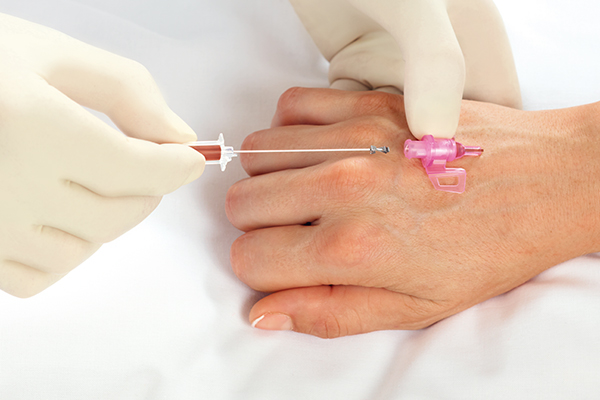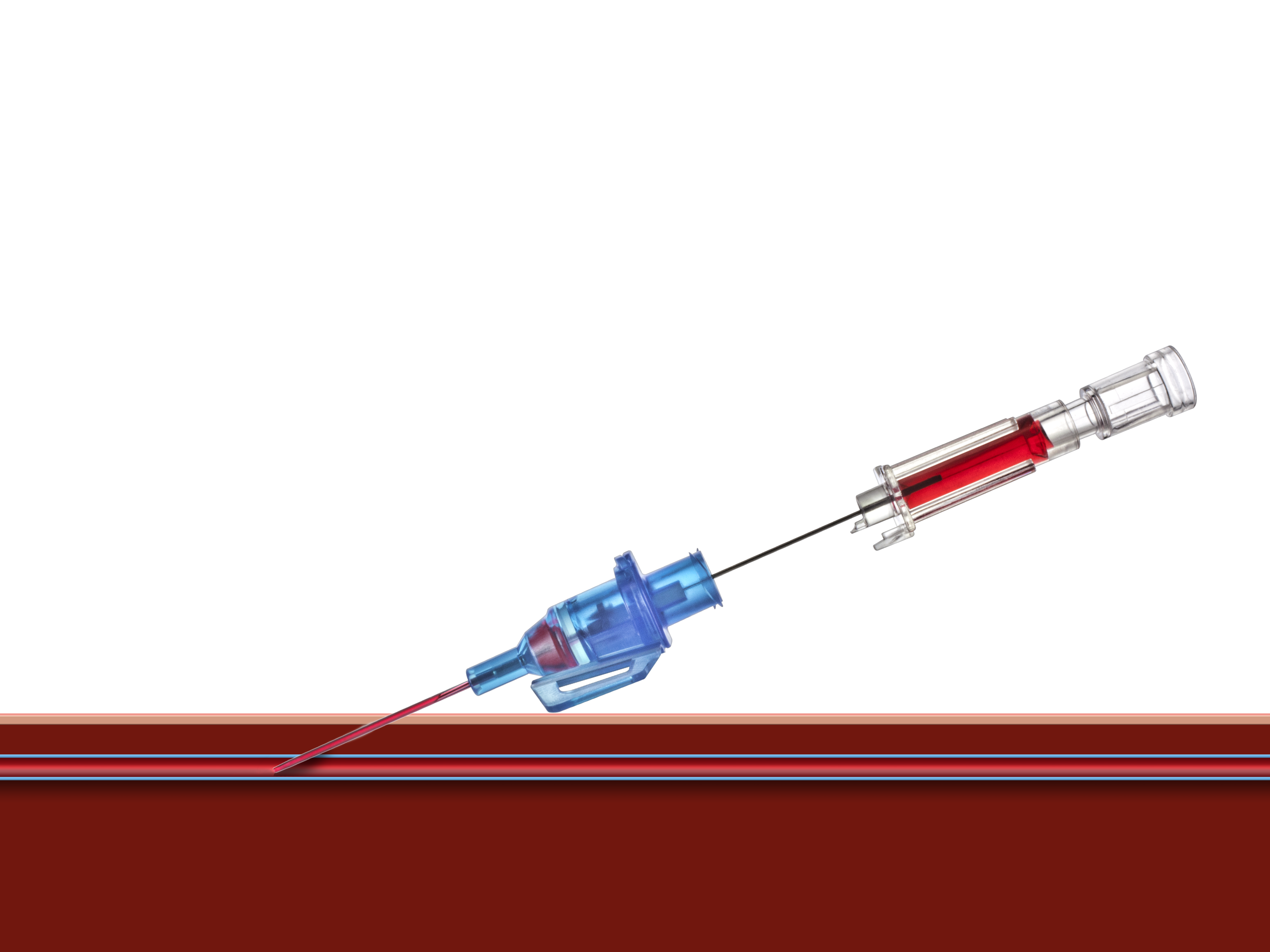No content results match your keyword.
Content
You have successfully logged out.
Peripheral IV Catheters (PIVC)
Intravenous infusion therapy is not possible without vascular access. Peripheral IV catheters are the most common routine procedure in a hospital1 and the first step in infusion therapy.

A peripheral intravenous (IV) catheter is a small, flexible tube inserted by a healthcare professional into a vein located in the peripheral regions of the body, such as the arm. It is commonly used for short-term infusion therapy, including the administration of IV fluids, medications, or blood products. When clinical guidelines and best practices are followed, a peripheral IV catheter may remain in place for the full duration of therapy, minimizing the need for repeated insertions.
B. Braun Peripheral IV Catheters
Designed with the clinician in mind, the Introcan Safety offers 24G to 14G catheters in either teflon or polyurethane material across the entire product line giving nurses flexibility in device selection. The entire portfolio offers passive safety protection from needlestick injuries so that nurses can focus on their patients knowing they are protected.
Designed to protect against blood exposure and needlestick injuries. Introcan Safety 3 combines innovative features to protect patients and clinicians.
Discover all featuresInnovations in Vascular Access
Needlestick injuries continue to be one of the highest risks clinicians will face during their daily routine. Studies show that passive, fully automatic safety devices are proven to be two times better than a semi-automatic ‘push-button’ safety shield and three times better than a manually sliding shield.2

Free your mind: A fully automatic passive safety protection helps eliminate needlestick injuries and cannot be bypassed.

Ultrasound Guided Peripheral IV Insertions
Approximately 1/3 of adults and up to 50% of children who require a PIVC have difficult venous access.3 Introcan Safety Deep Access provides clinicians with another choice when choosing the right catheter for their patients. Introcan Safety Deep Access is designed to facilitate ultrasound-guided procedures and has shown a significant increase in catheter survival of 44 hours (1.8 days).4
Learn More

When the clinician gains access to the patient's vein the needle fills with blood and empties into the flashback chamber. This is confirmation that the needle has punctured the vein.
/
Once the needle and the catheter are advanced 3 mm or 1/8 inch the catheter begins to fill with blood.
/
Catheter flash is visible once the needle is withdrawn and the catheter is threaded. This is confirmation that the catheter has punctured the vein.
/
A survey showed that 9 out of 10 nurses reported that the absence of blood leakage during short peripheral IV catheter insertion is important.5 The multi-access Blood Control Septum on Introcan Safety 2 and Introcan Safety 3 are designed to restrict the flow of blood from the catheter hub after needle removal and connection of a luer access device.
Survey findings show that the average cost per cleanup (when there's blood leakage from the catheter hub) is $0.30 for the gauze, absorbent drapes, towels, and sheets used per event.5 The cost may not seem expensive, but it adds up over time. The use of multi-access blood control IV catheters is designed to reduce cleanup time and materials.5

Introcan Safety Family of IV Catheters:

* Asterisk indicates required field
1.Helm RE, Klausner JD, Klemperer JD, Flint LM, Huang E. Accepted but unacceptable: peripheral IV catheter failure. J Infus Nurs. 2015 May-Jun;38(3):189-203. doi: 10.1097/NAN.0000000000000100. PMID: 25871866.
2. Tosini W, Ciotti C, Goyer F, Lolom I, L’Heriteau F, Abiteboul D, et al. Needlestick Injury Rates According to Different Types of Safety-Engineered Devices: Results of a French Multicenter Study. Infect Control Hosp Epidemiol. 2010 Apr; 31(4):402-7
3. Whalen, M., Maliszewski, B. and Baptiste, D.L., 2017. Establishing a dedicated difficult vascular access team in the emergency department: a needs assessment. Journal of Infusion Nursing, 40(3), pp.149-154.
4. Amit Bahl, MD, MPH; Mahmoud Hijazi, BA; Nai-Wei Chen, PhD; Ludovic Lachapelle-Clavette, BA; Jacob Price, MD. (2020). Ultralong Versus Standard Long Peripheral Intravenous Catheters: A Randomized Controlled Trial of Ultrasonographically Guided Catheter Survival. Ann Emerg Med. pii S0196-0644(19)31383-6. doi: 10.1016/j.annemergemed.2019.11.013.
5. Richardson D, “Reducing blood exposure risks and costs associated with SPIVC insertion”, Nursing Management, vol. 42, no. 12, Dec 2011 (reprint p. 1-4).
6. B. Braun Data on File.